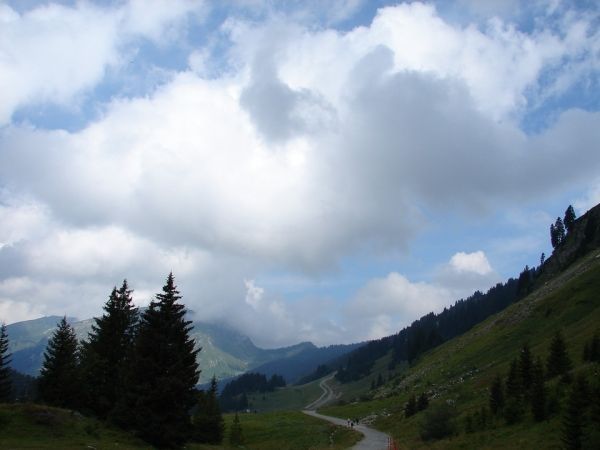Vegetation plays an important role in shaping local climate: just think of the cool shade provided by a forest or the grinding heat of the open desert.
But what happens when widespread changes, caused by or in response to global warming, take place across larger areas? Global climate models allow researchers to play out these kinds of thought experiments. The answers that result can serve as a warning or a guide to help policymakers make future land use decisions.
With this as a backdrop, a team of researchers from the Norwegian University of Science and Technology and Justus-Liebig University Giessen in Germany decided to use a regional climate model to see what would happen if land use in Europe changed radically. They looked what would happen with air temperature, precipitation, and temperature extremes if Europe were completely deforested to either bare land or just ground vegetation. They also considered what might happen if Europe’s cropland were converted to either evergreen or deciduous forests.
The researchers knew that climate change impacts tend to be underestimated at a regional level, “because the projected global mean temperature changes are dampened by averaging over the oceans, and are much smaller than the expected regional effects over most land areas,” the team wrote in their paper, recently published in Environmental Research Letters. “This applies to both mean and extreme effects, as changes in regional extremes can be greater than those in global mean temperature up to a factor of three.”
Read more at Norwegian University of Science and Technology
Photo Credit: EllaBaras via Pixabay


